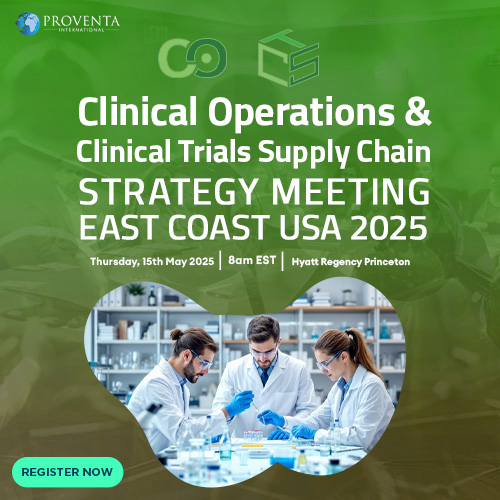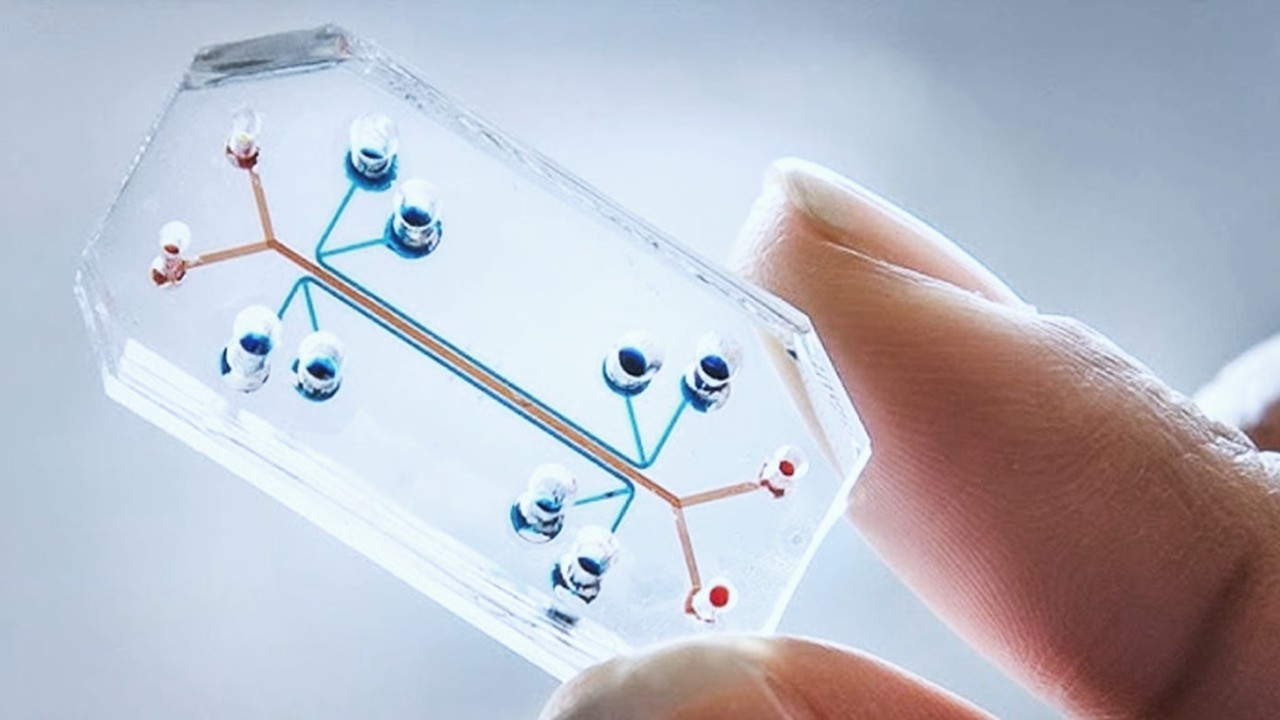The Challenge of Peritoneal Carcinomatosis and the Promise of Personalized Medicine
Peritoneal carcinomatosis (PC), a highly aggressive metastatic condition commonly originating from gastrointestinal malignancies, has long been associated with poor prognoses. Without intervention, median survival is dismally low, often ranging from six to nine months. Standard treatments, including systemic chemotherapy and cytoreductive surgery (CRS) with hyperthermic intraperitoneal chemotherapy (HIPEC), have improved survival rates, but significant challenges remain in optimizing treatment selection and predicting patient response.
The advent of patient-derived organoid (PDO) cultures has emerged as a groundbreaking innovation in cancer research and therapy. These three-dimensional models, derived from a patient’s own tumor tissue, closely replicate the genetic, histopathological, and functional characteristics of the original tumor. This advancement has the potential to revolutionize the landscape of precision medicine, allowing for highly individualized treatment strategies that consider tumor heterogeneity, treatment response, and drug resistance mechanisms in a way that traditional models cannot.
Organoid Technology: A Leap Forward in Cancer Research
Organoids are three-dimensional in vitro tissue models cultivated from human stem cells, organ-specific progenitor cells, or dissociated tumor tissues. Unlike conventional two-dimensional (2D) cell cultures, which fail to preserve the complexity of tumor-stromal interactions, cell polarity, and tumor microenvironment characteristics, organoids faithfully recapitulate the architecture and molecular landscape of primary tumors.
These models are particularly valuable in cancer research, where tumor-derived organoids can be generated from patient biopsy or surgical specimens and maintained in culture over multiple passages. Their ability to retain the genetic and epigenetic profiles of the original tumor makes them ideal platforms for investigating tumorigenesis, progression, and therapeutic responses. Compared to patient-derived xenografts (PDXs), which involve the transplantation of human tumor cells into immunodeficient mice, organoids offer several advantages: they are more cost-effective, require smaller tissue samples, and provide faster turnaround times for drug sensitivity testing.
For peritoneal carcinomatosis, organoids present a compelling solution to a longstanding challenge: inter-patient and intra-patient tumor heterogeneity. By capturing the diversity of cellular subpopulations within a tumor, PDOs enable researchers and clinicians to evaluate treatment responses more accurately and develop personalized treatment regimens tailored to individual patients.
Mimicking Hyperthermic Chemotherapy in Organoid Models
A critical factor in the success of HIPEC is its ability to enhance the efficacy of chemotherapeutic agents through hyperthermia. Heating the peritoneal cavity to approximately 42°C has been shown to improve drug penetration, increase DNA damage, and disrupt tumor repair mechanisms. This synergistic effect is particularly beneficial in treating peritoneal metastases, where local drug exposure is often suboptimal due to the protective nature of the peritoneal-plasma barrier.
To replicate these conditions in vitro, several studies have explored hyperthermic drug testing using organoids. These models have demonstrated that hyperthermia amplifies the cytotoxic effects of standard chemotherapeutic agents such as oxaliplatin and mitomycin C. By exposing patient-derived organoids to clinically relevant drug concentrations at normothermic (37°C) and hyperthermic (42°C) conditions, researchers have been able to assess differences in drug efficacy and identify tumors that may be more responsive to HIPEC.
Notably, studies have indicated that hyperthermia significantly enhances the uptake and integration of chemotherapeutic agents into tumor DNA, leading to greater therapeutic efficacy. However, responses to hyperthermic chemotherapy remain variable across different patient-derived organoids, underscoring the need for personalized treatment strategies that consider individual tumor biology.
Optimizing Drug Dosing and Sensitivity Testing with PDOs
One of the most pressing issues in HIPEC treatment is the standardization of drug dosing. While clinical HIPEC regimens utilize predefined drug concentrations and exposure durations, in vitro drug testing with PDOs allows for more precise assessment of dose-response relationships.
Some studies have opted for standardized drug doses that mimic clinical HIPEC concentrations, while others have utilized IC50 values—representing the drug concentration required to inhibit cell viability by 50%—to assess organoid drug sensitivity. The latter approach provides a more detailed understanding of drug pharmacodynamics, allowing for the identification of highly sensitive and resistant tumor subpopulations.
For instance, researchers have found that current HIPEC dosing regimens may be insufficient in eliminating all tumor cells, particularly in cases of chemoresistant peritoneal carcinomatosis. By exposing PDOs to varying drug concentrations and assessing cell viability, investigators have been able to refine treatment strategies and identify more effective drug combinations. This approach holds promise in optimizing HIPEC protocols and tailoring treatment regimens to individual patients, ultimately improving clinical outcomes.
Using Organoids to Test Experimental Drug Combinations
Beyond standard chemotherapeutic agents, PDOs have been instrumental in evaluating the efficacy of experimental drug combinations. Recent studies have explored the potential of novel platinum-based compounds, such as lobaplatin, as alternatives to oxaliplatin in HIPEC. Patient-derived organoids subjected to lobaplatin have exhibited higher sensitivity compared to those treated with standard oxaliplatin, suggesting that this agent may offer superior therapeutic benefits in select cases.
Additionally, researchers have investigated the use of ATR (Ataxia Telangiectasia and Rad3-related) inhibitors in combination with mitomycin C. These inhibitors disrupt DNA replication checkpoints, thereby increasing the cytotoxicity of mitomycin C in PDOs derived from colorectal peritoneal metastases. Such findings highlight the potential of PDO-based drug testing in identifying novel combination therapies that may enhance HIPEC efficacy.
Another promising avenue of research involves the use of glutathione synthesis inhibitors to overcome oxaliplatin resistance. By blocking the detoxification of oxaliplatin through glutathione synthesis, researchers have been able to enhance drug efficacy in PDO models, suggesting a potential therapeutic strategy for chemoresistant peritoneal carcinomatosis.
Intra-Patient Tumor Heterogeneity: A Key Consideration in Personalized Medicine
Peritoneal metastases present a unique challenge due to their highly heterogeneous nature. Tumor deposits within the peritoneal cavity often exhibit significant variability in genetic, molecular, and microenvironmental characteristics. This heterogeneity complicates treatment selection, as different tumor subpopulations may respond differently to the same chemotherapeutic agent.
Recent studies have underscored the importance of accounting for intra-patient heterogeneity in organoid-based drug testing. By generating PDOs from multiple metastatic sites within the same patient, researchers have been able to identify variations in drug sensitivity that would have otherwise gone undetected. This finding reinforces the need for multi-site tumor sampling in precision medicine approaches, ensuring that treatment strategies are tailored to the full spectrum of a patient’s disease.
Bridging the Gap Between Organoid Research and Clinical Outcomes
Despite their promise, organoid models must be rigorously validated against clinical outcomes to establish their predictive value. Several studies have sought to correlate PDO drug responses with patient survival metrics such as progression-free survival (PFS) and overall survival (OS). In some cases, PDO-guided therapy has led to treatment modifications that resulted in positive clinical outcomes, including prolonged disease remission.
However, challenges remain in standardizing the use of PDOs for clinical decision-making. Differences in culture conditions, drug exposure protocols, and response assessment criteria complicate cross-study comparisons. To address these limitations, researchers advocate for the development of standardized protocols and large-scale, multi-center collaborations that integrate PDO-based drug sensitivity testing into routine clinical practice.
The Future of Precision Medicine for Peritoneal Carcinomatosis
The integration of patient-derived organoid technology into precision oncology represents a transformative shift in the treatment of peritoneal carcinomatosis. These models offer an unprecedented opportunity to personalize treatment strategies, refine HIPEC protocols, and identify novel therapeutic targets. While challenges remain in standardizing methodologies and validating organoid-based predictions, ongoing research efforts are paving the way for a future in which precision medicine becomes the cornerstone of cancer therapy.
By harnessing the power of organoids, clinicians and researchers have the potential to move beyond a one-size-fits-all approach and tailor treatment regimens to the unique biological characteristics of each patient’s tumor. As organoid-based drug testing continues to evolve, its integration into clinical practice holds immense promise for improving patient outcomes and redefining the landscape of cancer treatment.
Study DOI: https://doi.org/10.3390/organoids4010002
Engr. Dex Marco Tiu Guibelondo, B.Sc. Pharm, R.Ph., B.Sc. CpE
Editor-in-Chief, PharmaFEATURES

Subscribe
to get our
LATEST NEWS
Related Posts

Molecular Biology & Biotechnology
Myosin’s Molecular Toggle: How Dimerization of the Globular Tail Domain Controls the Motor Function of Myo5a
Myo5a exists in either an inhibited, triangulated rest or an extended, motile activation, each conformation dictated by the interplay between the GTD and its surroundings.

Drug Discovery Biology
Unlocking GPCR Mysteries: How Surface Plasmon Resonance Fragment Screening Revolutionizes Drug Discovery for Membrane Proteins
Surface plasmon resonance has emerged as a cornerstone of fragment-based drug discovery, particularly for GPCRs.
Read More Articles
Designing Better Sugar Stoppers: Engineering Selective α-Glucosidase Inhibitors via Fragment-Based Dynamic Chemistry
One of the most pressing challenges in anti-diabetic therapy is reducing the unpleasant and often debilitating gastrointestinal side effects that accompany α-amylase inhibition.













